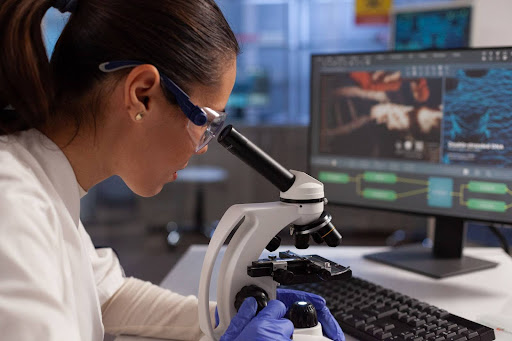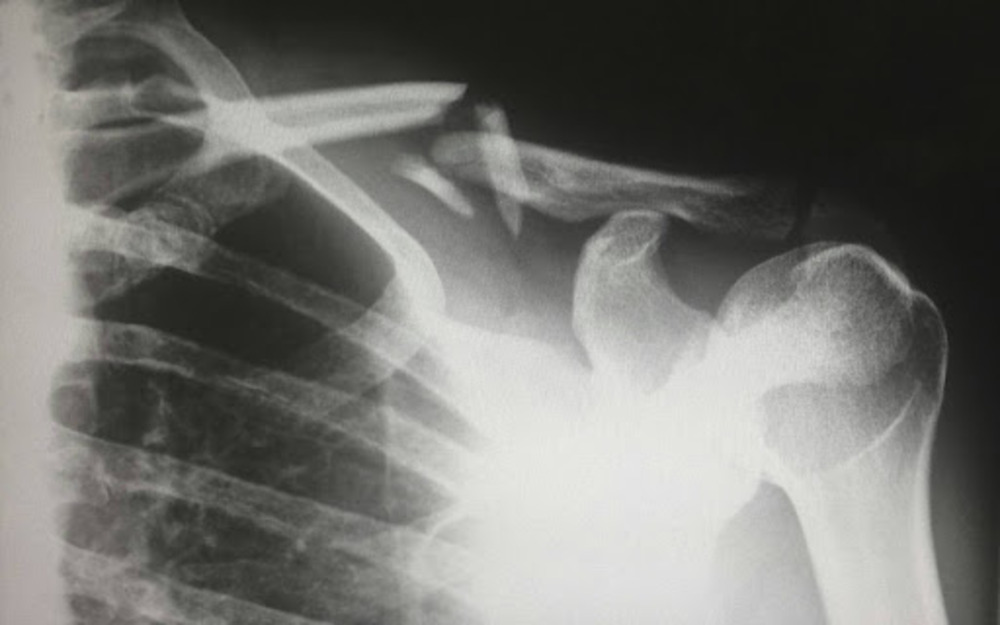Introduction
Bioglass is an innovative biomaterial renowned for its bioactivity and ability to bond with bone and soft tissues. This class of bioactive materials, composed mainly of silica (SiO₂), calcium oxide (CaO), sodium oxide (Na₂O), and phosphorus pentoxide (P₂O₅), has seen significant advancements in recent years. Originally developed for bone regeneration, bioglass is now at the forefront of medical applications, including tissue engineering, antimicrobial coatings, and drug delivery systems. These advancements stem from cutting-edge research in surface modifications, composite materials, and functional coatings that enhance the properties and applications of bioglass in the biomedical field.
The Chemistry Behind Bioglass
The bioactivity of bioglass is rooted in its chemical composition and the reactions it undergoes upon exposure to physiological fluids. When a medical professional implants bioglass into the body, it undergoes a series of reactions starting with the leaching of sodium and calcium ions, which raises the pH, initiating the formation of a silica gel layer on the glass surface. This gel layer serves as a template for the nucleation of hydroxyapatite, the mineral phase of bone. Simultaneously, the release of calcium and phosphate ions into the surrounding tissue aids the deposition of new bone minerals, thus bridging the gap between the implant and the natural bone. Recent innovations have fine-tuned this process by introducing dopants like magnesium, strontium, and zinc. These dopants enhance the bioactive response, improve mechanical strength, and tailor the degradation rates to match tissue healing processes.
Surface-Modified Bioglass
Recent studies, such as those published in the Journal of Nanoparticle Research, have focused on enhancing the bioactivity of bioglass. By altering the surface chemistry, researchers have significantly improved the material’s antibacterial properties and its ability to promote angiogenesis ( the formation of new blood vessels, which is critical for tissue regeneration). Surface modifications, such as the incorporation of silver, copper, or zinc ions, make bioglass more effective in preventing infections in implanted materials. These ions disrupt bacterial cell walls, leading to cell death, while simultaneously promoting the formation of hydroxyapatite—one of the key components in bone mineralization. This dual function of bioglass is crucial in applications such as bone regeneration and wound healing.
Copper-Based Composites: Expanding the Horizons of Bioglass Applications
In addition to traditional applications, bioglass has found novel implementations in advanced electronic and biomedical devices through the development of copper-based composites. A study published in Nanoscale Advances revealed that incorporating nano-sized particles into copper matrices enhances the material’s mechanical strength, thermal stability, and electrical conductivity. These properties are crucial for next-generation electronic packaging and biomedical devices that demand both durability and high performance. The use of such composites is particularly promising for developing multifunctional implants and devices that require both bioactivity and robust mechanical properties. The copper ions also play a role in angiogenesis, further supporting tissue regeneration.
Advanced Bioactive Glasses
The field of tissue engineering has benefited immensely from the development of novel advanced bioactive glasses. Recent breakthroughs involve the integration of elements such as strontium and boron into bioglass. Strontium ions mimic calcium ions and are readily incorporated into new bone tissue, where they not only enhance bone density but also slow bone resorption by inhibiting osteoclast activity. Boron, on the other hand, improves the glass’s solubility, allowing for more controlled degradation rates, which is essential for the gradual release of therapeutic ions. These additions not only enhance the material’s ability to regenerate bone but also improve its antibacterial activity. This dual functionality is essential for preventing infections and promoting the rapid healing of bone defects, making bioglass an increasingly attractive option for orthopedic and dental applications.

Functional Coatings and Hybrid Materials: Paving the Way for Next-Generation Implants
Bioglass is also being explored in combination with other materials to create hybrid systems that offer enhanced properties. For example, integrating bioglass with hydroxyapatite has led to improved osseointegration (the formation of a direct interface between an implant and bone, without intervening soft tissue) and mechanical strength. The hydroxyapatite layer mimics natural bone minerals, promoting the adhesion and proliferation of cells that form and heal bones (osteoblasts), while the bioglass beneath continues to release ions that support bone growth and fight infection. These hybrid materials are particularly useful in the development of long-lasting implants and prosthetics, where both bioactivity and mechanical integrity are crucial. The ongoing research in this area suggests that such multifunctional materials could revolutionize the design and functionality of future biomedical devices.
Conclusion
The evolution of bioglass technology is a significant leap forward in biomedical science. The innovations in surface modifications, composite materials, and hybrid systems not only enhance the performance of bioglass in traditional applications but also expand its potential into new therapeutic areas. As research continues to advance the boundaries of what bioglass can achieve, it is poised to play a transformative role in regenerative medicine, tissue engineering, and beyond. The future of bioglass is bright, with its applications extending well beyond the realm of bone regeneration, into the development of smarter, more effective biomedical devices.
Resources
Abodunrin, O. D., Bricha, M., & El Mabrouk, K. (2024). Beyond bone: A systematic review on bioactive glass innovations and breakthroughs in skeletal muscle regeneration. Biomedical Materials & Devices. https://doi.org/10.1007/s44174-024-00220-1
Kaou, M. H., Furkó, M., Balázsi, K., & Balázsi, C. (2023). Advanced bioactive glasses: The newest achievements and breakthroughs in the area. Nanomaterials, 13(16), 2287. https://doi.org/10.3390/nano13162287
Taye, M. B., Ningsih, H. S., & Shih, S.-J. (2024). Exploring the advancements in surface-modified bioactive glass: Enhancing antibacterial activity, promoting angiogenesis, and modulating bioactivity. Journal of Nanoparticle Research, 26(2). https://doi.org/10.1007/s11051-024-05935-2Zhang, G., Zhen, C., Yang, J., Wang, J., Wang, S., Fang, Y., & Shang, P. (2024). Recent advances of nanoparticles on bone tissue engineering and bone cells. Nanoscale Advances, 6(8), 1957–1973. https://doi.org/10.1039/d3na00851g

Sydney Antal
Sydney is a Chemical Engineering student and undergraduate researcher at the University of Florida. She is passionate about the field of Biomolecular Engineering and the use of genetic engineering for disease detection. Through OneResearch, she hopes to encourage others to be excited about scientific innovation in the biomedicine field.
